Home>Furniture & Design>Outdoor Furniture>Why Is Outdoor Wire Cheaper Than Indoor
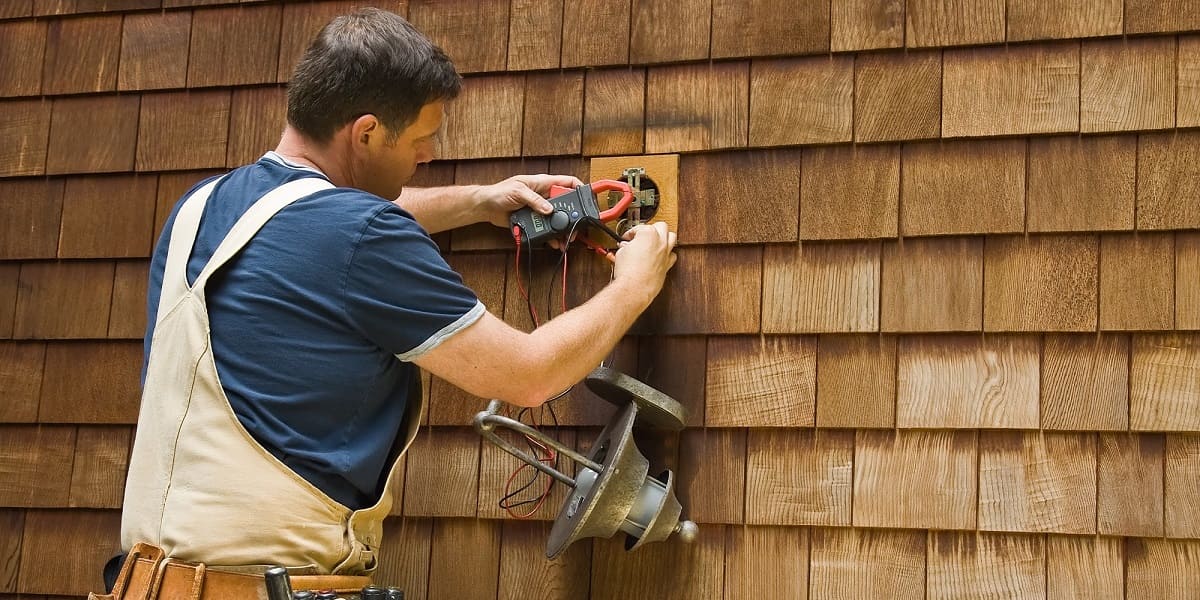

Outdoor Furniture
Why Is Outdoor Wire Cheaper Than Indoor
Published: February 12, 2024
Discover why outdoor wire is more affordable than indoor wire and how it can enhance your outdoor furniture and design. Explore the benefits now!
(Many of the links in this article redirect to a specific reviewed product. Your purchase of these products through affiliate links helps to generate commission for Storables.com, at no extra cost. Learn more)
Introduction
When it comes to selecting wire for outdoor or indoor use, the differences between the two can be significant. Outdoor wire, often utilized in various outdoor furniture and design applications, is notably cheaper than its indoor counterpart. This price discrepancy may prompt the question: "Why is outdoor wire cheaper than indoor?" In this article, we will delve into the distinct factors that contribute to this disparity, shedding light on the variances in material, coating, durability, and manufacturing processes. By understanding these differences, consumers and industry professionals alike can make informed decisions regarding the selection of wire for their specific needs. Let's embark on this exploration to uncover the reasons behind the cost discrepancy and gain a deeper understanding of the outdoor wire's economic advantage over indoor wire.
Key Takeaways:
- Outdoor wire is cheaper than indoor wire due to its specialized materials and coatings that resist corrosion and degradation from outdoor elements, making it a cost-effective choice for outdoor furniture.
- The manufacturing processes for outdoor wire involve precision engineering and advanced coating application, contributing to its higher production cost but ensuring durability and reliability for outdoor use.
Read more: Why Is Indoor Humidity Lower Than Outdoor?
Differences in Material
One of the primary factors contributing to the cost disparity between outdoor and indoor wire is the variation in materials used. Outdoor wire is typically constructed from materials that are specifically engineered to withstand harsh environmental conditions. These materials are chosen for their resistance to corrosion, rust, and degradation when exposed to moisture, UV rays, and fluctuating temperatures. Common materials for outdoor wire include stainless steel, aluminum, and galvanized steel, all of which possess exceptional durability and weather resistance.
In contrast, indoor wire does not necessitate the same level of resilience against environmental elements. As a result, indoor wire often utilizes materials that may be more susceptible to corrosion and wear when exposed to moisture or humidity. Additionally, indoor wire may prioritize aesthetic appeal over weather resistance, leading to the use of materials that are more prone to degradation when subjected to outdoor conditions.
These differences in material composition directly impact the cost of production for outdoor and indoor wire. The specialized materials utilized in outdoor wire manufacturing, engineered to withstand outdoor challenges, often come with a higher price tag. Conversely, the materials used in indoor wire production may prioritize aesthetic qualities and conductivity over weather resistance, resulting in a lower production cost.
Understanding the distinct material compositions of outdoor and indoor wire provides valuable insight into the cost variations between the two. The emphasis on durability and weather resistance in outdoor wire materials contributes to its economical advantage over indoor wire, making it a cost-effective and reliable choice for outdoor furniture and design applications.
Differences in Coating
Another significant factor contributing to the cost disparity between outdoor and indoor wire lies in the differences in coating. Outdoor wire is often coated with specialized materials designed to provide enhanced protection against environmental elements. These coatings are engineered to resist corrosion, rust, and degradation caused by exposure to moisture, UV rays, and temperature fluctuations. Common coatings for outdoor wire include weather-resistant polymers, powder coatings, and galvanized finishes, all of which contribute to the wire’s longevity and durability in outdoor settings.
In contrast, indoor wire coatings may prioritize aesthetic appeal and conductivity over weather resistance. While indoor wire coatings may offer visual enhancements or electrical insulation, they often lack the robust protection required for outdoor use. The focus on aesthetic or functional properties in indoor wire coatings, rather than weather resistance, results in a lower production cost compared to the specialized coatings used in outdoor wire manufacturing.
The application of weather-resistant coatings and specialized finishes in outdoor wire manufacturing adds to the overall production cost, contributing to the higher price of indoor wire. The investment in advanced coating technologies for outdoor wire underscores its ability to withstand the rigors of outdoor environments, making it a cost-effective and reliable choice for outdoor furniture and design applications.
Understanding the distinct coating properties of outdoor and indoor wire sheds light on the cost differentials between the two. The emphasis on weather-resistant coatings and specialized finishes in outdoor wire contributes to its economic advantage over indoor wire, making it a durable and long-lasting solution for outdoor settings.
Outdoor wire is often cheaper than indoor wire because it is typically made with materials that are more resistant to weather and environmental factors, such as UV rays and moisture. This means outdoor wire may not need the same level of insulation or protection as indoor wire, leading to lower production costs and ultimately a lower price for consumers.
Differences in Durability
One of the key factors contributing to the cost difference between outdoor and indoor wire is the variance in durability. Outdoor wire is engineered to withstand the demanding conditions of outdoor environments, including exposure to moisture, UV radiation, and temperature fluctuations. As a result, outdoor wire exhibits exceptional durability, corrosion resistance, and longevity, making it well-suited for prolonged outdoor use in various furniture and design applications.
In contrast, indoor wire may not be subjected to the same level of environmental stressors, leading to a reduced emphasis on extreme durability. While indoor wire may prioritize other attributes such as flexibility or conductivity, it may not possess the same level of resilience as outdoor wire when exposed to outdoor elements. This variance in durability directly impacts the production cost, with the enhanced durability of outdoor wire contributing to its higher price point compared to indoor wire.
Furthermore, the durability of outdoor wire is often a result of the specialized materials and coatings used in its construction. The combination of weather-resistant materials and protective coatings enhances the wire’s ability to withstand outdoor challenges, reinforcing its longevity and reliability. This emphasis on durability in outdoor wire manufacturing underscores its suitability for withstanding the rigors of outdoor settings, making it a valuable investment for outdoor furniture and design applications.
By comprehending the distinct durability characteristics of outdoor and indoor wire, it becomes evident why outdoor wire is priced lower than its indoor counterpart. The robust durability and resilience of outdoor wire, engineered to endure outdoor conditions, position it as a cost-effective and enduring solution for outdoor applications, contributing to its economic advantage over indoor wire.
Differences in Manufacturing Process
The disparities in the manufacturing processes for outdoor and indoor wire play a pivotal role in the cost differentiation between the two. The production of outdoor wire involves specialized manufacturing processes tailored to enhance the wire’s resistance to environmental elements and ensure its suitability for outdoor applications. These processes often entail precision engineering, advanced coating application, and stringent quality control measures to meet the demanding requirements of outdoor use.
Manufacturers of outdoor wire prioritize the selection of weather-resistant materials and the application of durable coatings, often employing specialized equipment and techniques to achieve the desired level of resilience. These intricate manufacturing processes contribute to the higher production cost of outdoor wire, reflecting the investment in advanced technologies and quality assurance measures aimed at delivering reliable and long-lasting outdoor wire products.
In contrast, the manufacturing processes for indoor wire may prioritize other attributes such as flexibility, conductivity, or aesthetic appeal, with less emphasis on weather resistance and extreme durability. This variance in manufacturing requirements results in a lower production cost for indoor wire, as the processes involved may not necessitate the same level of precision engineering and advanced coating application as outdoor wire manufacturing.
Furthermore, the manufacturing processes for outdoor wire often involve additional steps to ensure the wire’s ability to withstand outdoor challenges. These steps may include specialized surface treatments, corrosion-resistant coatings, and rigorous testing procedures to validate the wire’s performance in outdoor environments. The incorporation of these additional measures contributes to the overall production cost of outdoor wire, underlining its suitability for outdoor furniture and design applications.
By understanding the distinct manufacturing processes for outdoor and indoor wire, it becomes evident why outdoor wire is priced more competitively. The specialized manufacturing techniques and stringent quality control measures employed in outdoor wire production underscore its suitability for outdoor use, making it a cost-effective and reliable choice for outdoor applications.
Conclusion
In conclusion, the cost disparity between outdoor and indoor wire can be attributed to a combination of factors, including differences in material, coating, durability, and manufacturing processes. Outdoor wire, designed for enduring outdoor environments, utilizes specialized materials and coatings that enhance its resistance to corrosion, rust, and degradation caused by exposure to moisture, UV rays, and temperature fluctuations. The emphasis on durability and weather resistance in outdoor wire materials and coatings contributes to its higher production cost compared to indoor wire.
Furthermore, the manufacturing processes for outdoor wire involve precision engineering, advanced coating application, and stringent quality control measures to ensure the wire’s suitability for outdoor use. These specialized manufacturing techniques and additional steps to enhance weather resistance add to the overall production cost of outdoor wire, reflecting the investment in advanced technologies and quality assurance measures.
Conversely, indoor wire may prioritize attributes such as flexibility, conductivity, or aesthetic appeal, with less emphasis on weather resistance and extreme durability. The variance in material composition, coating properties, and manufacturing processes for indoor wire results in a lower production cost compared to outdoor wire.
By understanding the distinct characteristics of outdoor and indoor wire, consumers and industry professionals can make informed decisions based on the specific requirements of their applications. Outdoor wire, with its emphasis on durability, weather resistance, and specialized manufacturing, offers a cost-effective and reliable solution for outdoor furniture and design applications, demonstrating its economic advantage over indoor wire.
Ultimately, the cost discrepancy between outdoor and indoor wire reflects the tailored engineering, advanced technologies, and quality assurance measures that position outdoor wire as a durable, long-lasting, and economical choice for outdoor use. This understanding empowers individuals and businesses to select the most suitable wire for their specific needs, ensuring optimal performance and longevity in their respective applications.
Frequently Asked Questions about Why Is Outdoor Wire Cheaper Than Indoor
Was this page helpful?
At Storables.com, we guarantee accurate and reliable information. Our content, validated by Expert Board Contributors, is crafted following stringent Editorial Policies. We're committed to providing you with well-researched, expert-backed insights for all your informational needs.

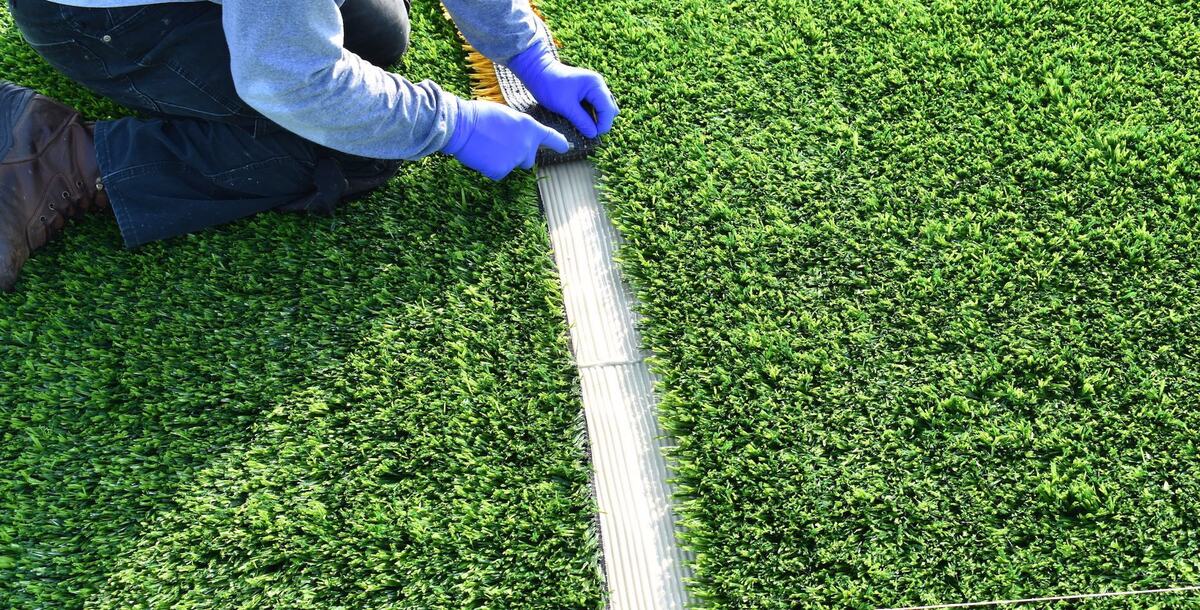
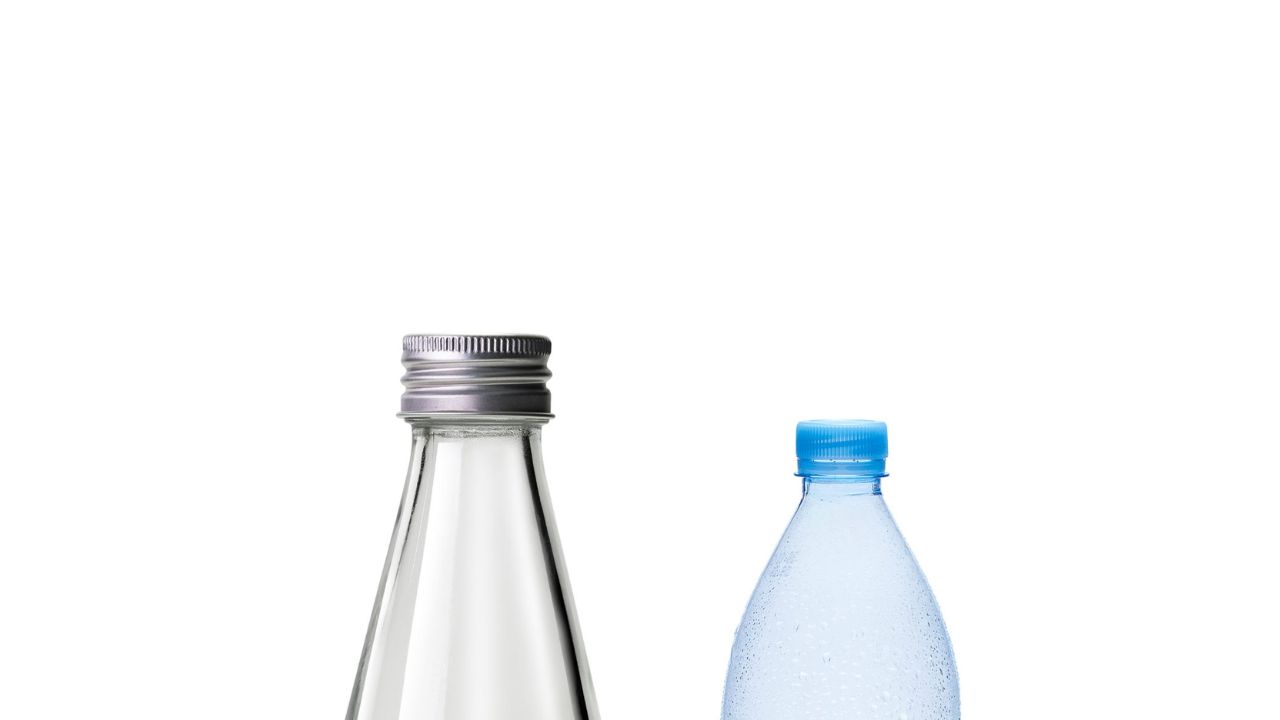
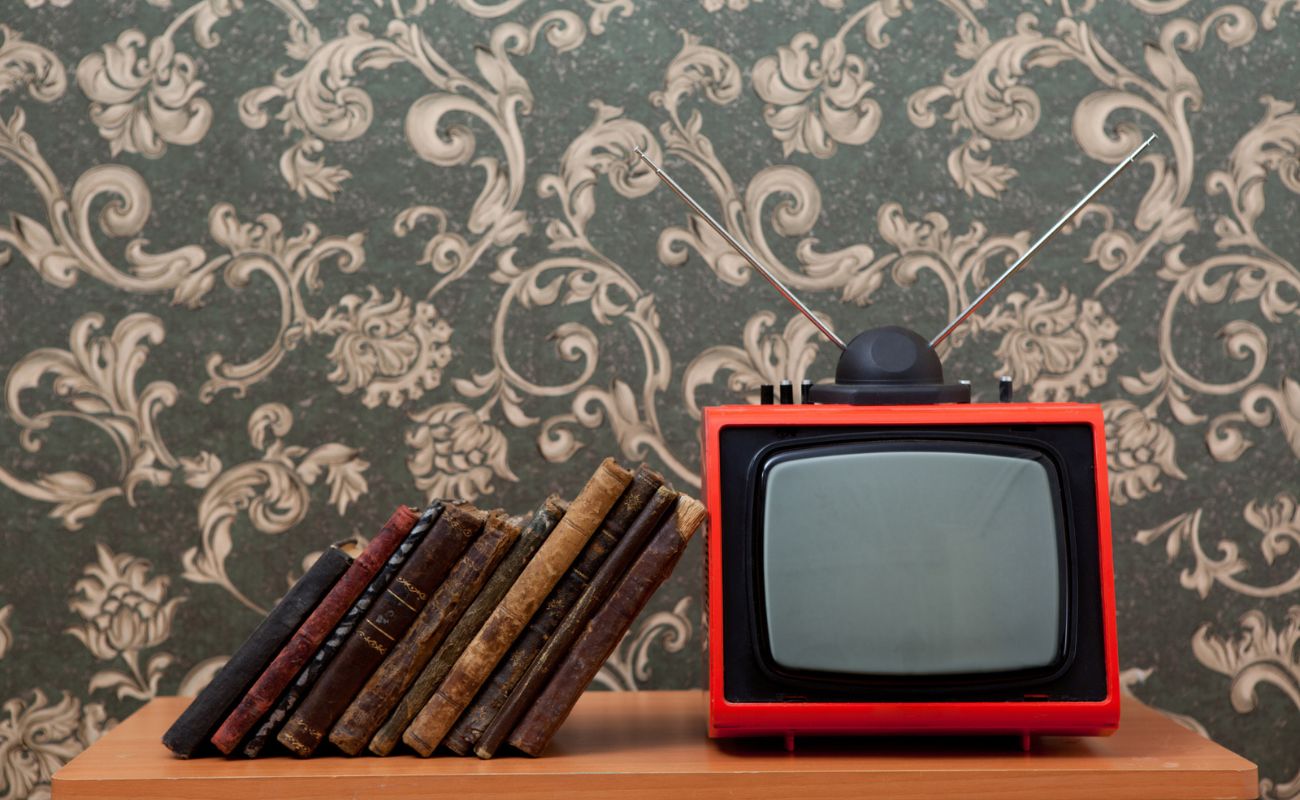

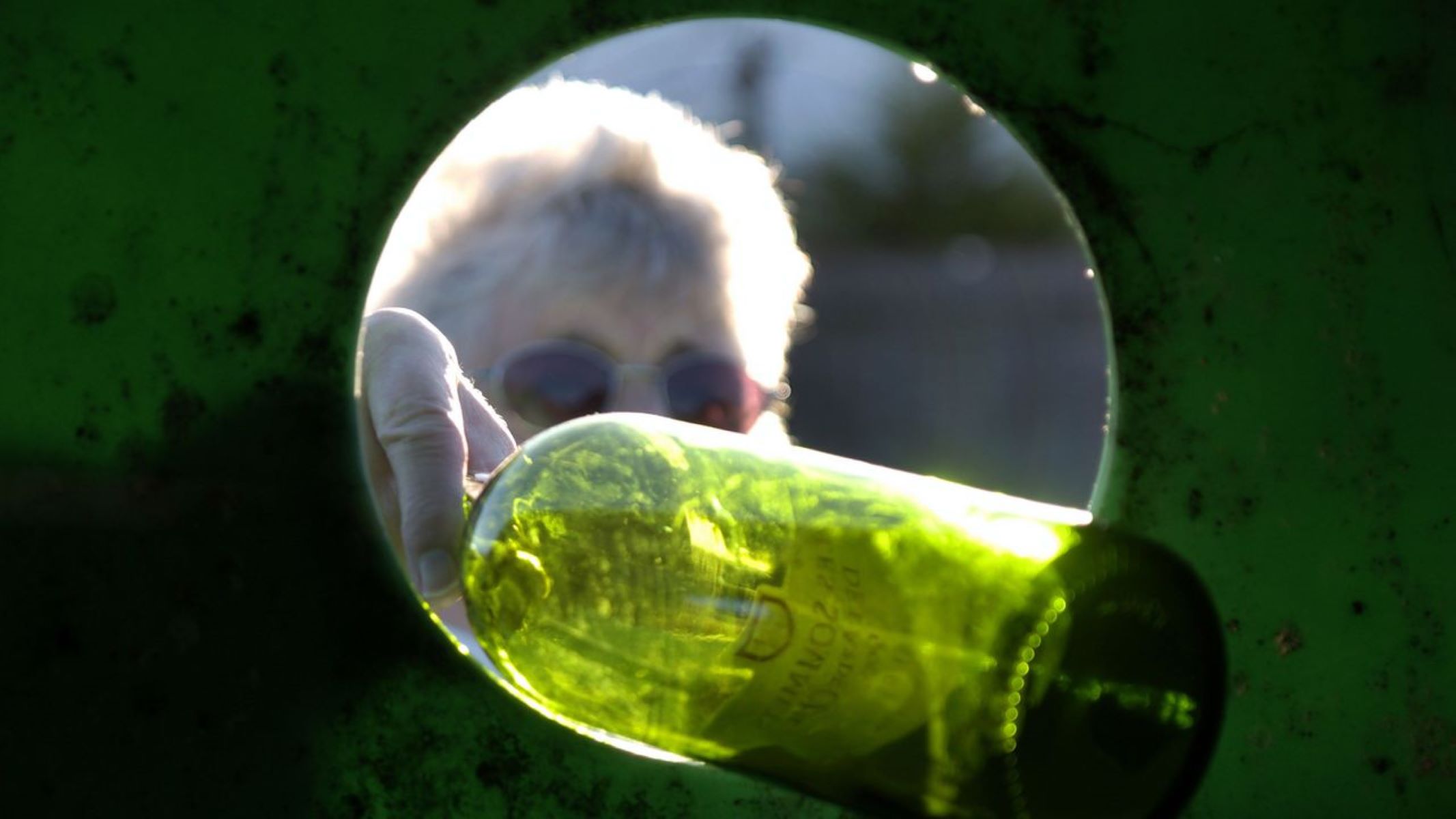
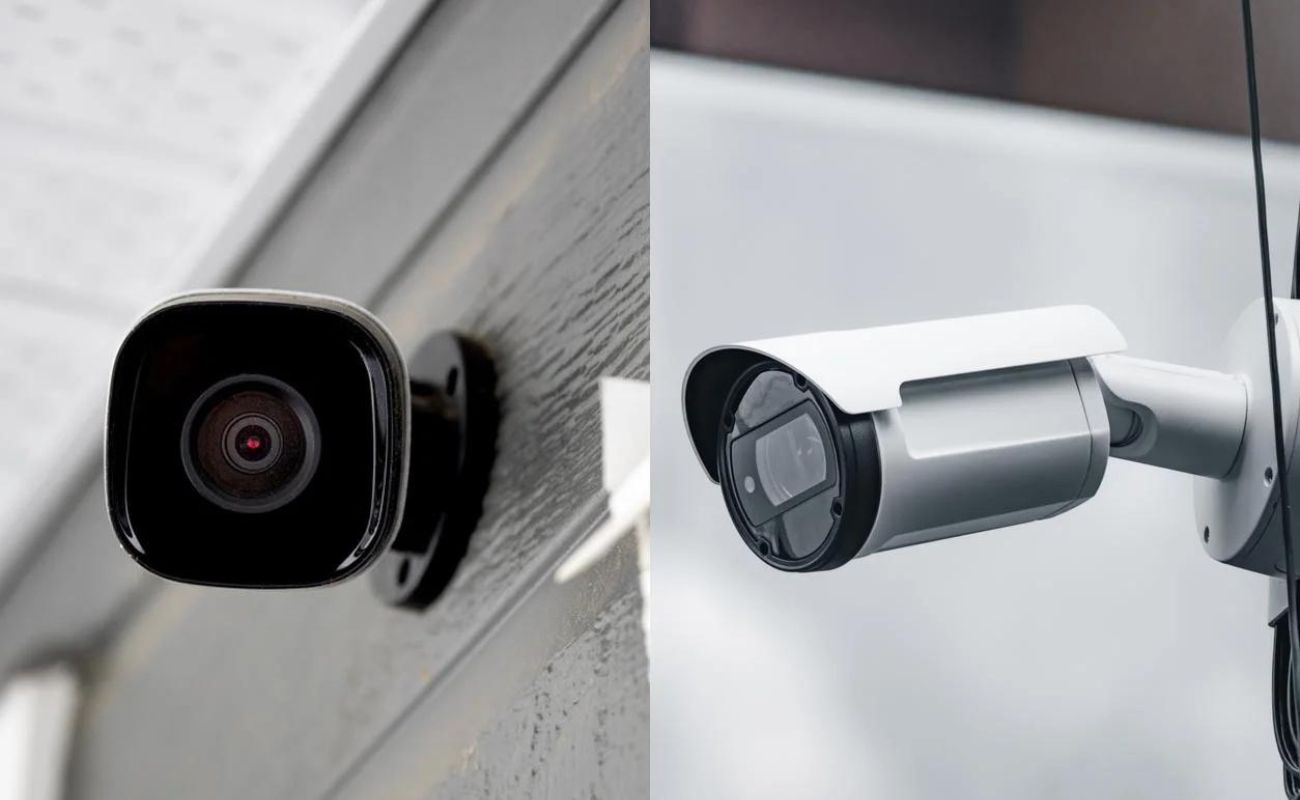
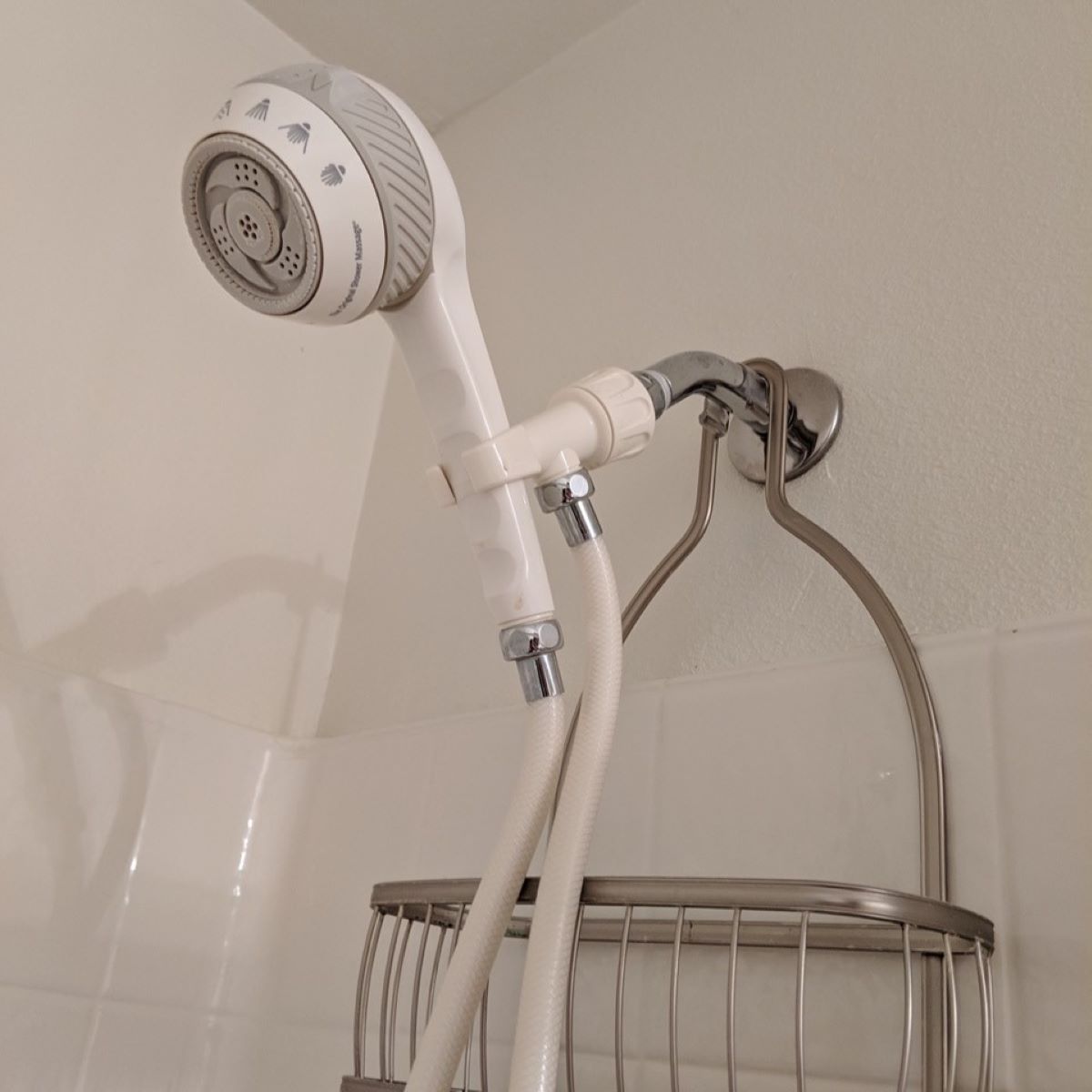
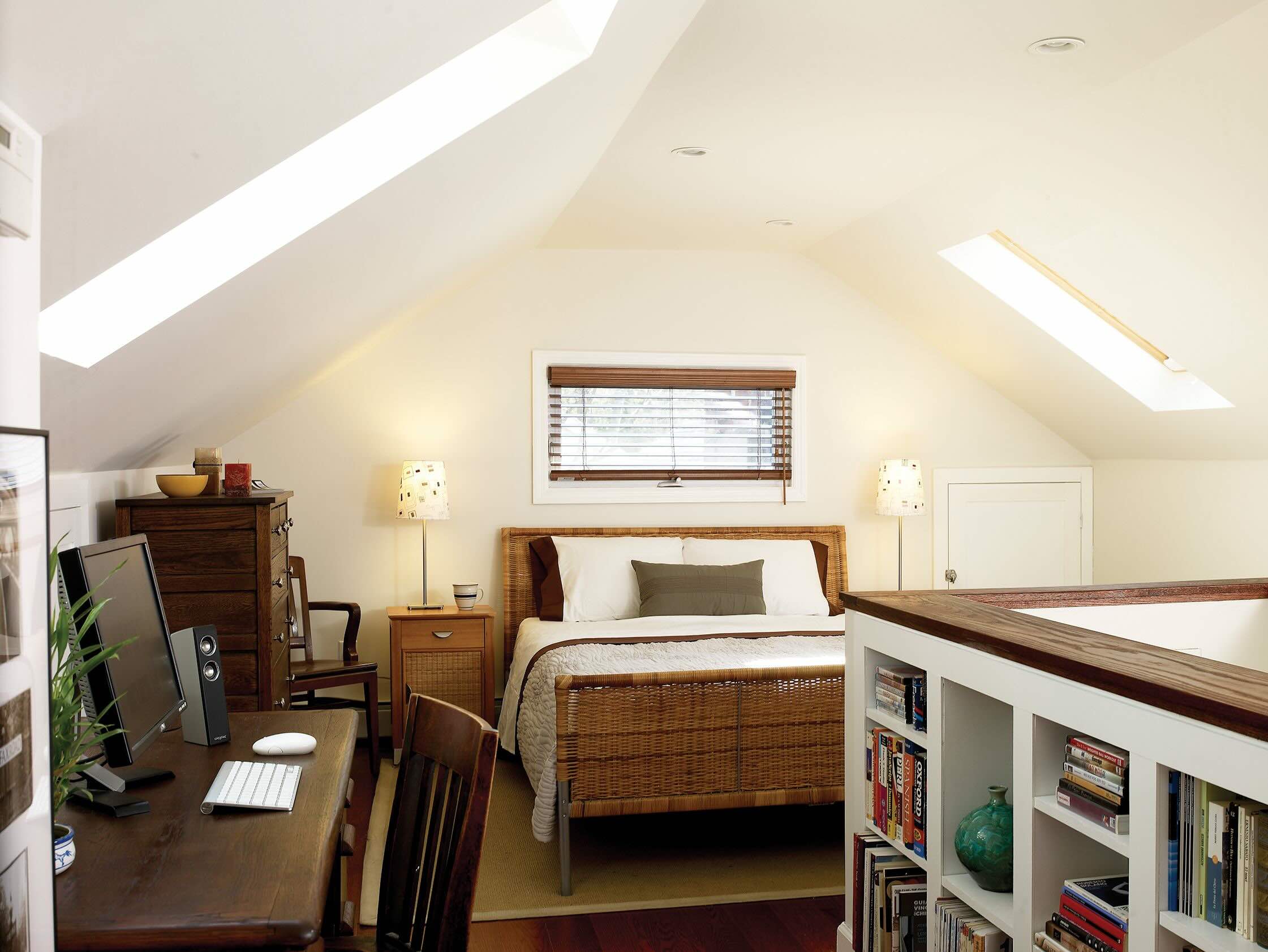

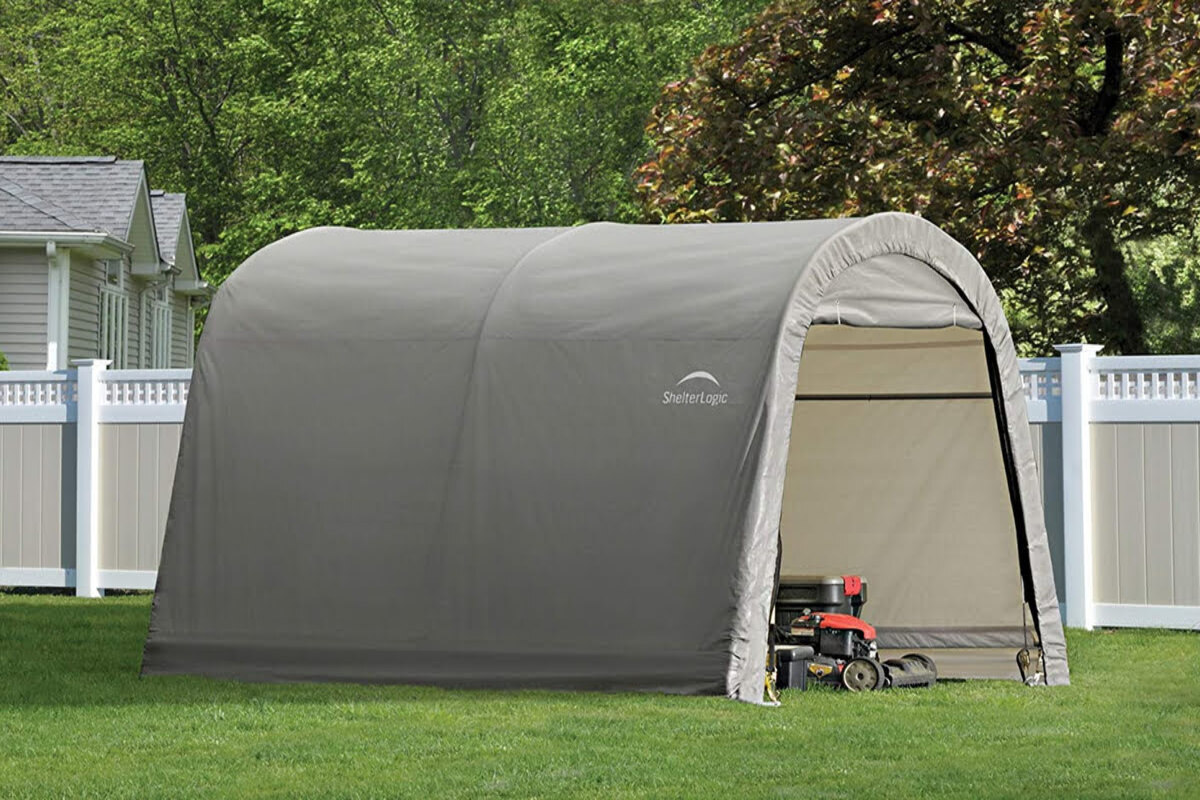
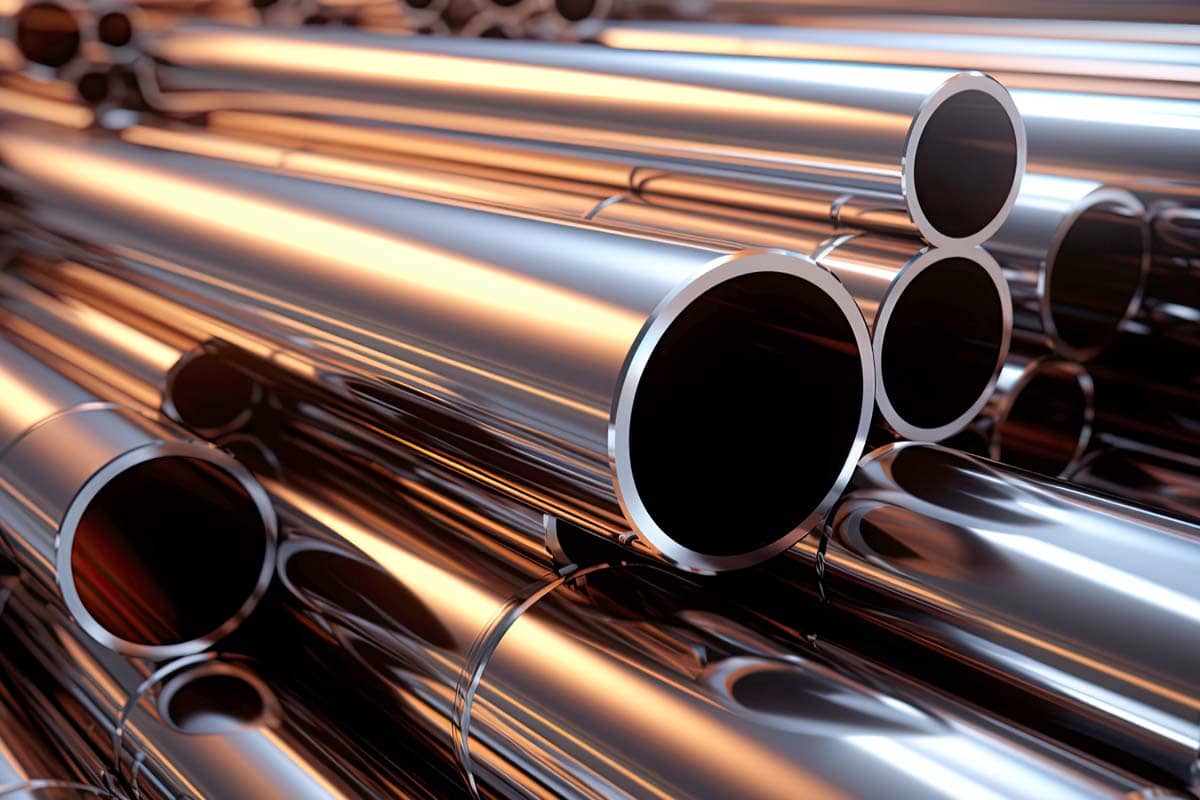
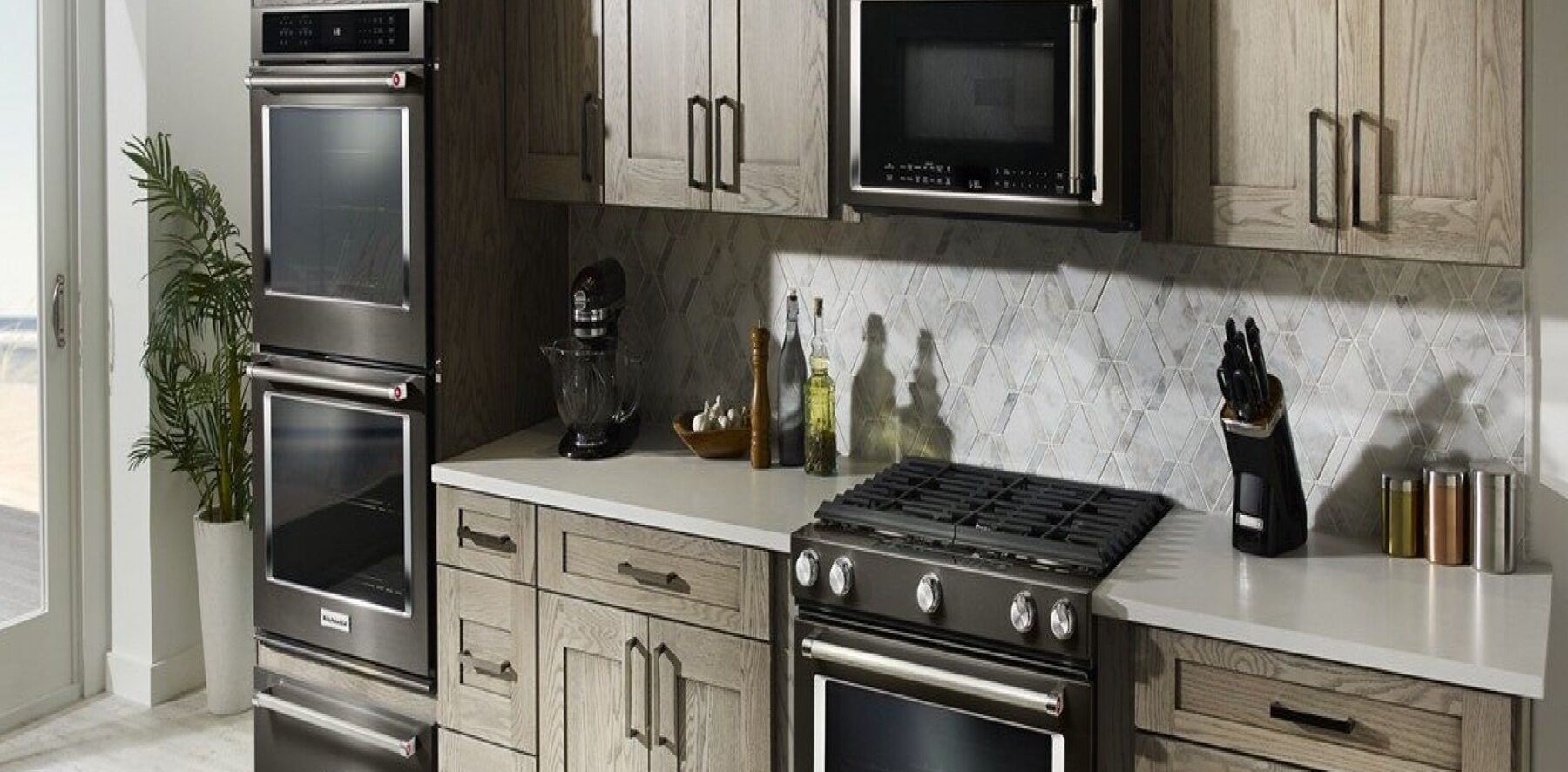
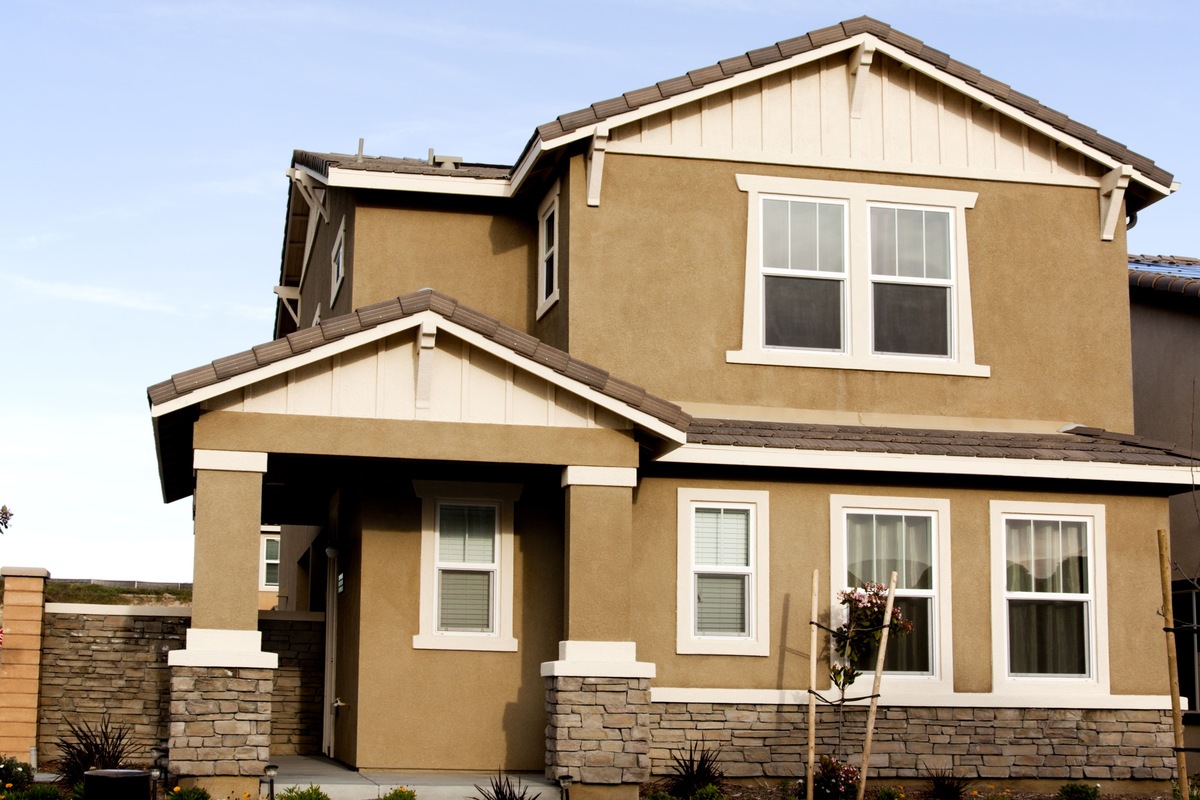

0 thoughts on “Why Is Outdoor Wire Cheaper Than Indoor”